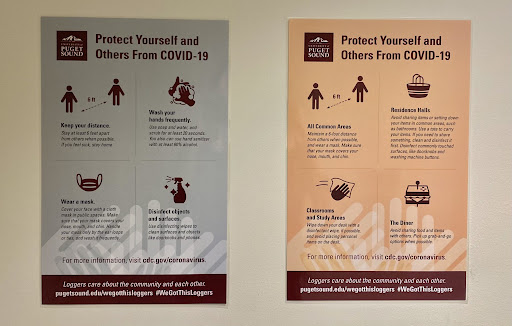Vidya Sethuraman
India Post News Service
2021 ushered in a new chapter to the story of the Covid-19 pandemic. Even as vaccines became available, the world faced the more lethal and transmissible Delta and Omicron variants. Five experts at the EMS Briefing on Dec 17 provided perspectives on where we are now, vs. this time last year. They discussed the Omicron variant, possible new variants of concern, therapeutics in the pipeline, boosters for children, and global vaccine equity, among other issues.
Dr. Tung Nguyen, Chair in General Internal Medicine and Professor of Medicine at the University of California, San Francisco said at almost the two-year mark, that we’re a long way from the end. Worldwide we’re at 270 million cases and 5.3 million deaths. The U.S. had over 50 million cases and over 800,000 deaths. In other words, we account for about 1 of 5 cases and 1 out 6 deaths in the whole globe, which is way higher than would be expected for our population—which is an indication of how badly we are doing,” Nguyen said. The next wave is already here. We have over 120,000 new cases a day now,” he said. Sixty-eight thousand people have been hospitalized and some experts predict we will see 300,000 new cases a day in the next few months. He said our health system is stretched thin and many health professionals are leaving and the ones who stay are burnt out and depressed.
Dr. Dali Fan, University of California, Davis Health Science Clinical Professor, and volunteer vaccinator at California Northstate University in Elk Grove, California said Delta variant came into play, the case counts rose again. “We fought back with the boosters. Then it came to the more infectious Omicron. And we countered that with vaccinating the 12-16 year olds and then now the 5-11 year olds. So it’s this back and forth and we are not anywhere near the end of the game,” Fan said.
Peter Maybarduk, Director of Public Citizen’s Access to Medicines group, Director of Public Citizen’s Access to Medicines group said that there is a clear need to step up production and for policymakers to have a more forward looking plan on therapeutics availability.







